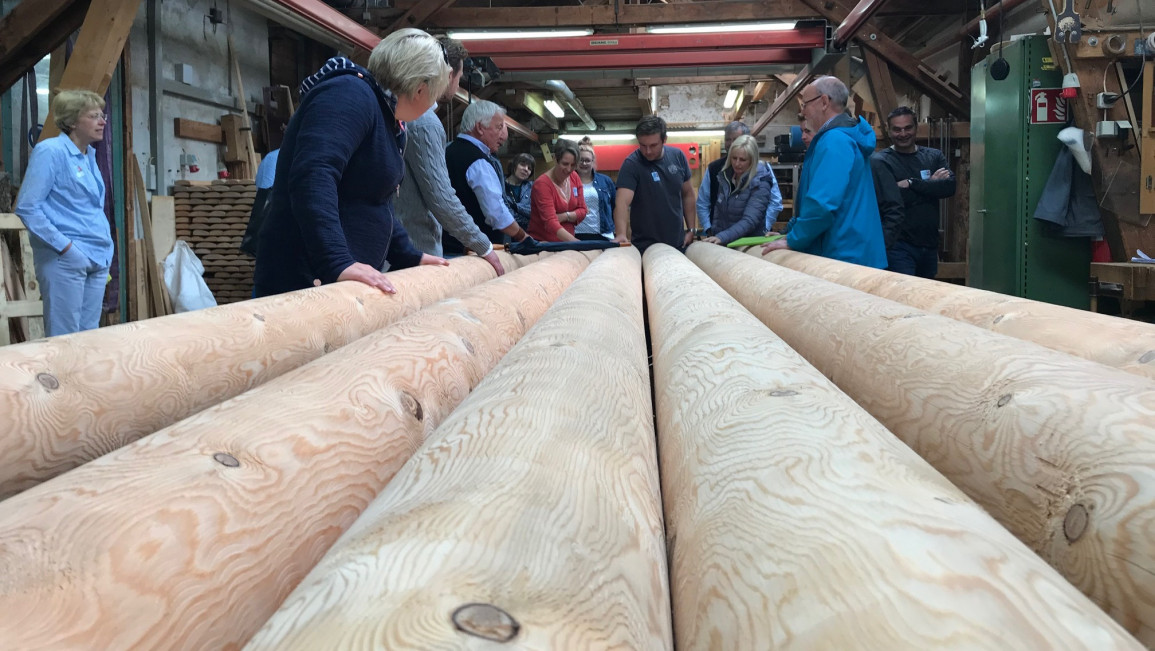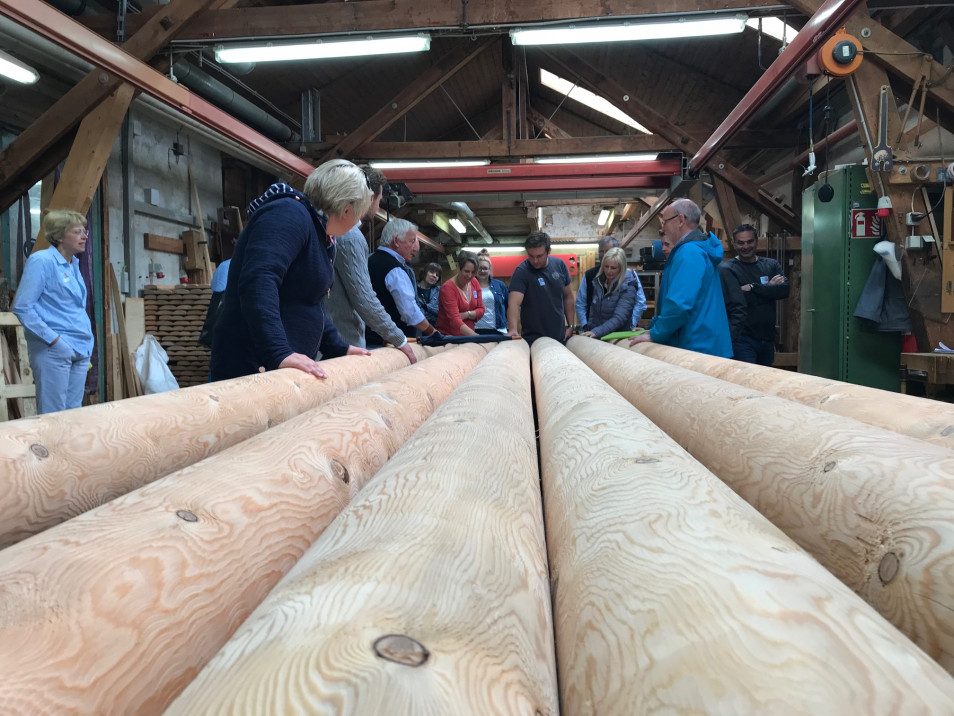Ideas and Insights
The stick - One of the most successful play features for decades, not thought about but always played with and the beginning of most children’s journey with timber. Across the globe kids play with sticks and twigs regularly using them to throw, draw, snap and much more. From being young children through their development stages it is a material they are always in connection with. The big question for many is how we can maintain this connection with the natural material in community play facilities?
We all have fond memories of climbing trees as a child, scaling the heights of the branches to get as high as possible, feeling the wind high up and the different textures of the timber as we ascended above. The same feelings can be replicated in more formal play settings such as playgrounds when using timber as the main material. Children are fascinated by the qualities that timber holds as they understand its link to nature and even, to some sense, the construction process of how the equipment has gone from being a tree to their favourite play pieces.
When we think of play we often get carried away thinking of large playgrounds that were located near where we lived as children. We often forget that actually play can be simple and not necessarily in a prescribed setting. Using timber in play spaces can also be more informal, in a sense of providing playful pathways and routes around community areas for children to create their own play experiences. This can be achieved in various ways such as using subtle elements like logs to promote children using their imagination, allowing them to become the main character in their own story as they create a playful journey. It is hard to replicate these experiences using materials such as steel or plastic as they are un-natural in their environment and therefore become a prescriptive formal play experience in comparison to the unidentifiable placed elements of timber.
Julian Richter Senior, the founder of renowned German play manufacturer Richter Spielgeräte, commented on the importance of children having informal play opportunities – “The aspect of self-determination is incredibly important for a child’s development. After all, a child’s life is play. In all situations, they need to feel they are masters of their own little universe. This is the most precious gift we can give them.”
What is important when creating play facilities is recognising that the design must become more than just a place for children to play. To create flexible community play facilities we must also provide opportunities for parents and carers and the dwell time of an adult supervising a child directly impacts how much time a child gets to play. The use of timber seating areas, quiet areas and informal seating such as fallen logs and stepping logs can help create an atmosphere for adults to enjoy whilst children play within a community space where they want to spend their downtime.
Across the world timber is used as a material in construction, in particular, it is used for heavy-duty frames such as for buildings and bridges. It offers incredible durability which is why it is perfect for the construction of play equipment, it can withstand large amounts of users at one time making it ideal out in the community. Alongside durability, timber play equipment also offers incredible longevity and, with the correct maintenance, can last decades. Not only does this make for a great investment, but it also creates a special connection as parents often have the chance to experience their children enjoying their favourite play elements from when they were a child.
Sustainability is at the forefront of the world right now and timber is also one way in which we can create flexible and sustainable community facilities. As a natural material it can be sustainably forested, meaning that it is only felled for requirement and is re-planted to protect our forests for the future. There are also various timbers, such as Robinia or Mountain Larch, that do not require any chemical treatment and can be used naturally as play equipment, this reduces its carbon footprint but also reduces children’s contact with un-necessary chemicals. Unlike other materials, such as plastic and metal, at the end of its lifespan, timber can often be re-used or can be left to re-join the natural carbon cycle of the world.
Children don’t really want their wood to be as smooth as possible like furniture, instead, they want diversity and variety. The quality of wood is naturally influenced by its surface, the structure and knotholes, this makes it the perfect material to build play equipment. There are no two timbers that are the same, they are all unique in their own way and children can explore the knotholes or discover small cracks. These natural abnormalities become a feature of their own in the natural wood and with these irregularities, children and their imagination can naturally rediscover something in almost any kind of form and with a little bit of imagination, they can find faces, animals… the possibilities are endless.

